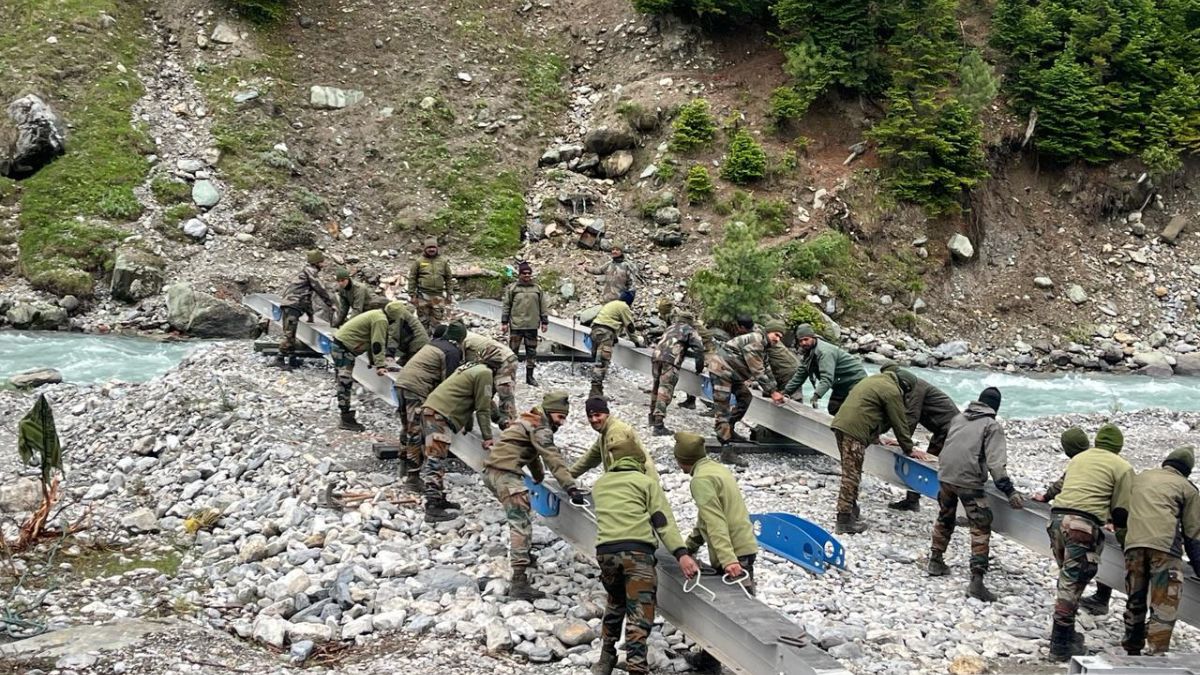The Indian Army has launched Operation Shiva, a large-scale joint security operation involving over 42,000 troops and paramilitary personnel to protect the upcoming Amarnath Yatra, which begins on July 3. The yatra, an annual pilgrimage to the Amarnath Cave shrine in Jammu and Kashmir, draws thousands of devotees each year and is located at a challenging altitude of 3,888 meters.
Triggered by recent threats, including a terror attack in Pahalgam on April 22, the Army is working in close coordination with Central Armed Police Forces (CAPF), J&K Police, and the Shri Amarnathji Shrine Board (SASB). The goal: ensure an incident-free yatra along the two major routes, Pahalgam and Baltal, with a multi-tiered security grid that spans ground, air, and digital surveillance systems.
What are the key components of Operation Shiva?
Operation Shiva brings together a layered and integrated defence architecture:
- Over 42,000 personnel from the Indian Army, Central Reserve Police Force (CRPF), Border Security Force (BSF), Sashastra Seema Bal (SSB), Indo-Tibetan Border Police (ITBP), and Central Industrial Security Force (CISF) are being deployed at critical points, including base camps, access roads, and mountain trails.
- The security setup includes drone surveillance, CCTV monitoring, high-altitude route clearance, and bulletproof vehicles, according to a report by Akashvani.
- Anti-sabotage checks, sniffer dogs, and bomb disposal units are actively patrolling the twin routes to the shrine, according to reports.
- For the first time, the Shri Amarnathji Shrine Board (SASB) has mandated Radio Frequency Identification (RFID) cards for all pilgrims. These will be used to track and monitor movement, allowing real-time response in case of emergencies or delays.
What additional arrangements are being made for the pilgrims?
In line with Union Home Minister Amit Shah’s directive during a high-level security meeting on May 29 in Jammu, authorities have made major logistical improvements. They have enhanced medical facilities, with airlift capability for emergency evacuations. Better transport services from Lakhanpur— the gateway to J&K — all the way to the base camps has also been ensured.
Pilgrims will also be briefed on emergency protocols, and help desks have been set up along the route. Additionally, coordination centers are linking district administration, Army, and CAPFs in real time.
